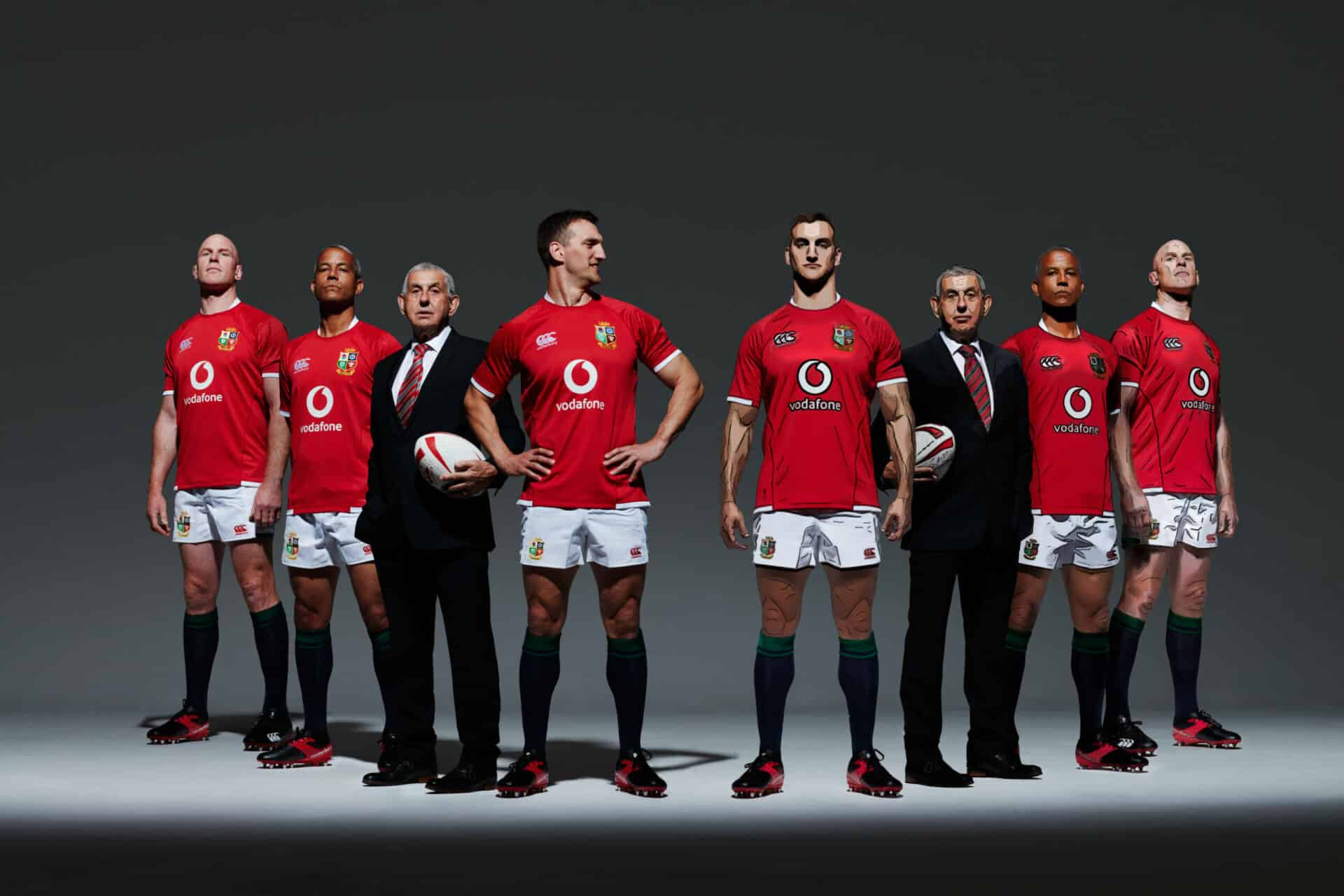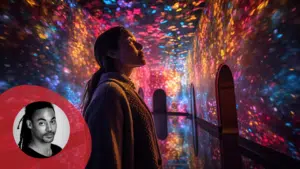How virtual modelling can help drive enterprise solutions and why it matters more than ever right now.
The idea of digital twinning – the creation of digital modelling that maps from the more intimate spaces of retail stores right up to the level of cities – is hardly new in concept. Arch-vis and VR pre-vis for Hollywood movies are just two of the ways that technology has already merged into the creative industries to enable predictive modelling that can gauge everything from environmental impact to the way a Director of Photography might want to light and frame a given shot. In the latter example, Epic’s Unreal Engine has been a leading driver of a new mode of virtual production, and one of the software solutions our team at Happy Finish have been working with for the past five years.
Epic’s Unreal Engine was utilised to create an immersive VR set replica for the production of John Wick: Chapter 3

What is new, however, is the unprecedented upswing of interest in the use of digital twins across sectors and categories that previously tended to consider virtual and augmented reality activations as nice-to-haves rather than integral to business success.
Even prior to the current upheaval caused by the global health crisis, we have been working with a range of retailers spanning the food, consumer goods and luxury sectors to generate fully immersive three-dimensional models of their in-store experiences. These digital twins can be used across numerous internal stakeholder teams to imagine campaign visual merchandising, optimise customer experience and flow and model key infrastructure decisions with a view to reducing energy consumption, improving stock management and cutting down non-recyclable waste. Predictive behavioral modelling, for example retinal scanning of users’ eye movements inside modelled environments, can also help forecast and optimise visual merchandising, product positioning and store layouts.
Amplifying these tools and techniques upwards in scale, digital twins of sports stadiums and even city-scale spaces can allow for greater advance consideration around the integration of cloud and 5G telecoms. The Los Angeles Sports and Entertainment District around the new SoFi Stadium development will no doubt unveil a host of innovations in this area when it opens to the public later this year.
The recent acquisitions of Scape Technologies by Facebook and 6D.ai by Niantic showed the appetite for solutions that can map our environment and overlay digital content on top of it. Scape, a London based startup, scanned urban areas in several cities around the world in order to create a cloud-based geolocated map of any building, where users can place digital assets.
6D.ai, based in San Francisco, leveraged computer vision state of the art technology to reconstruct the environment in real-time by using mobile cameras.
The interest from the Pokemon Go publisher is obvious: be able to place AR experiences into the real world with unprecedented accuracy, 3D assets can hide behind real objects (imagine chasing Pokemons in our living room, between sofas and tables). Similar technology has been updated recently by Apple as well, with the release of the new iPad Pro which integrates a LiDAR scanner.

iPad Pro LiDAR scanning
Furthermore, the seamless integration of health and wellness trackers driven by opt-in personal data exchange can aid in reducing the stress of urban life while supporting positive health choices. Imagine your steps monitor connecting with your calendar and urban bike hire services to notify you that you have sufficient time before your next meeting and are in suitable proximity to a bicycle to use that as your mode of transport instead of a gig economy ride.
Our recent collaboration with a global sportswear brand has focused on yet another new business opportunity with virtual working – evolving our ongoing stills retouch and creative services with the sports giant into a new way of approaching the sampling and buying process internally. Reducing not only manufacturing costs, but amplifying security around commercially sensitive intellectual property, virtual product solutions using Microsoft Hololens 2 have also helped brands reduce their environmental footprint, creating a unanimous win on three key business fronts.
In the current moment where everyone is advised to stay safe at home to stem the spread of the virus, our distance from day-to-day engagement with public spaces is allowing us to rethink entirely what these spaces can and should be designed to achieve.
If you are looking to bring any of these progressive approaches to bear in your enterprise solutions or in future planning of key business decisions, please do reach out and let’s start an initial discovery phase with the team at Happy Finish, only commitment being your imagination.
Written by:
Stephen Whelan, Head of Immersive Entertainment
Contributed to by:
Ben Hyde, Group Commercial Director
Marco Marchesi, CTO




